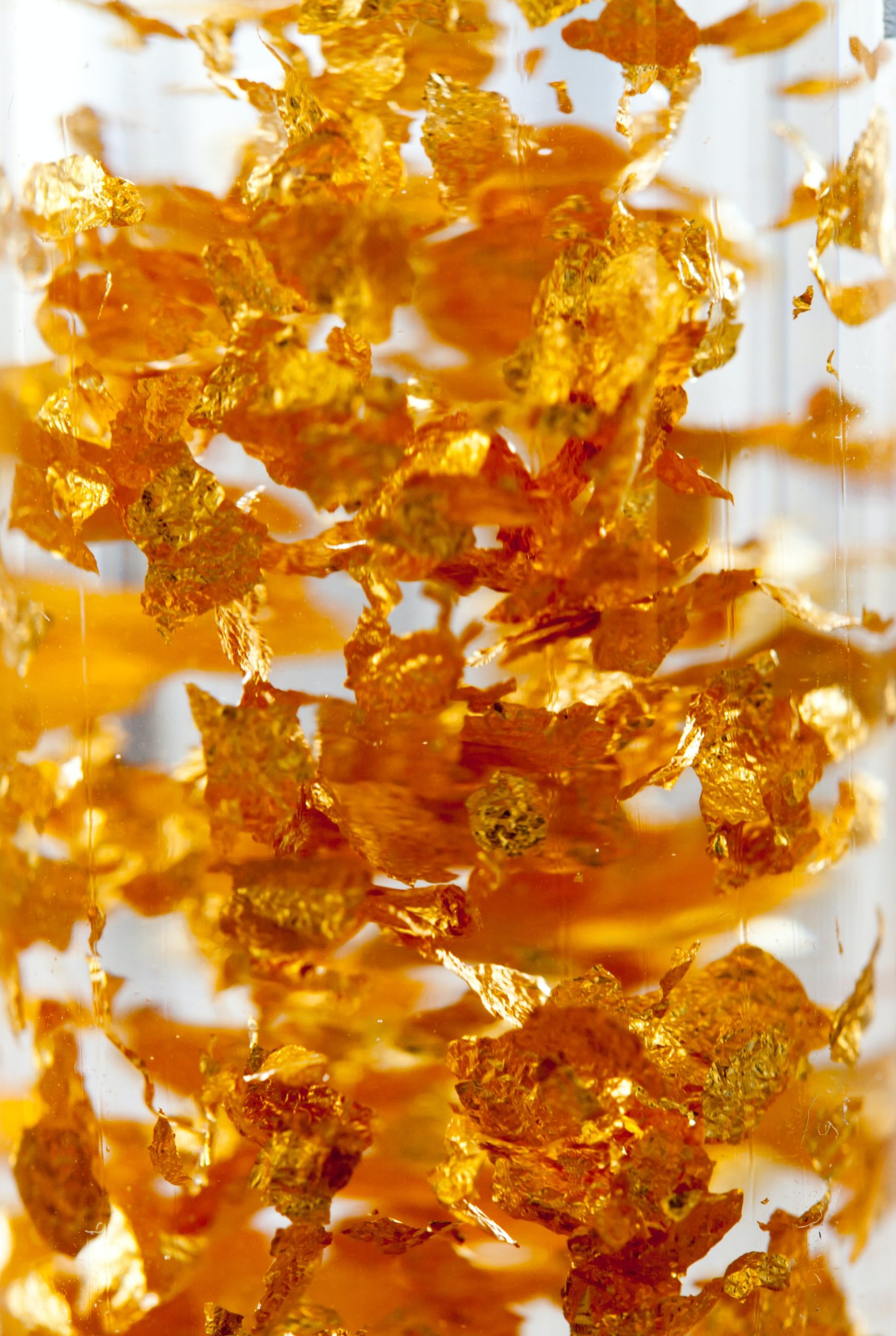Investing in physical quantities of precious metals can be a great way to diversify your portfolio and protect against market fluctuations. With gold, silver, and platinum all having different properties and uses, it can be beneficial to have a mix of these metals in one’s portfolio. However, it’s important to consider the advantages and disadvantages of purchasing physical quantities of precious metals before even making the decision of How Much Should I Invest in Precious Metals and Crypto?.
One benefit of investing in physical precious metals is that they are tangible assets with limited downside risk. Gold has long been seen as an economical safe-haven during times of economic turmoil or market instability, while silver is often viewed as an affordable alternative when compared to gold. Platinum is also used widely in industrial applications, which means it can be insulated from movements in other markets. Therefore, investing in physical quantities of precious metals can provide a hedge against inflationary pressures while diversifying one’s portfolio.
On the other hand, there are some potential drawbacks that investors should keep in mind when buying physical quantities of precious metals. For starters, the prices for these commodities tend to fluctuate more than traditional investments like stocks or bonds. Additionally, it can be expensive and time consuming to store large amounts of physical metal securely – requiring investors to seek advice from financial institutions or professional storage services. Finally, investors should note that the valuations for these commodities are subject to change due to supply and demand imbalances or geopolitical events such as wars or natural disasters.
In short, investing in physical quantities of precious metals could be a smart way to diversify one’s portfolio and protect against market volatility – but it’s important to understand the associated risks before taking the plunge. By seeking advice from financial professionals and researching current prices carefully before buying or selling any metal – investors can ensure they make informed decisions about their investments.
Minerals, Etfs, And Options: Examining Different Investment Structures For Precious Metals
When it comes to investing in precious metals, there are a variety of different structures and options available to investors. In addition to buying physical quantities of the metals themselves, investors can also consider purchasing through an ETF or diversifying their holdings through derivatives such as options. No matter which option they choose, it’s important for investors to work with a reputable financial advisor who can help them make the right decisions for their individual needs, especially considering the news at the moment (like at goldandsilverapp.com or https://newsroom.goldandsilverapp.com/media-room)
An Exchange Traded Fund (ETF) is a type of investment vehicle that allows one to invest in a basket of assets within a single fund. ETFs that focus on precious metals typically track the global price of gold, silver, or platinum – offering investors exposure without having to purchase the physical metal itself. Unlike physical commodities, these funds are more liquid and easier to manage – making them an attractive option for those looking for quick returns.
Options are another way for investors to speculate on precious metals prices without buying physical quantities of the metal itself. Options allow buyers and sellers to contractually agree on the purchase or sale of an asset at a predetermined price before its expiration date – providing potential upside rewards with limited downside risk. Investors should note that these contracts come with certain risks and should be discussed thoroughly with their financial advisors before entering into any agreements.
Investing in precious metals can be an effective strategy for diversifying one’s portfolio and protecting against inflationary pressures – but it’s important to understand all the associated risks before making any decisions. By working closely with a trusted financial advisor and researching current prices carefully, investors can ensure they make informed decisions about their investments in order to maximize returns while minimizing losses.



